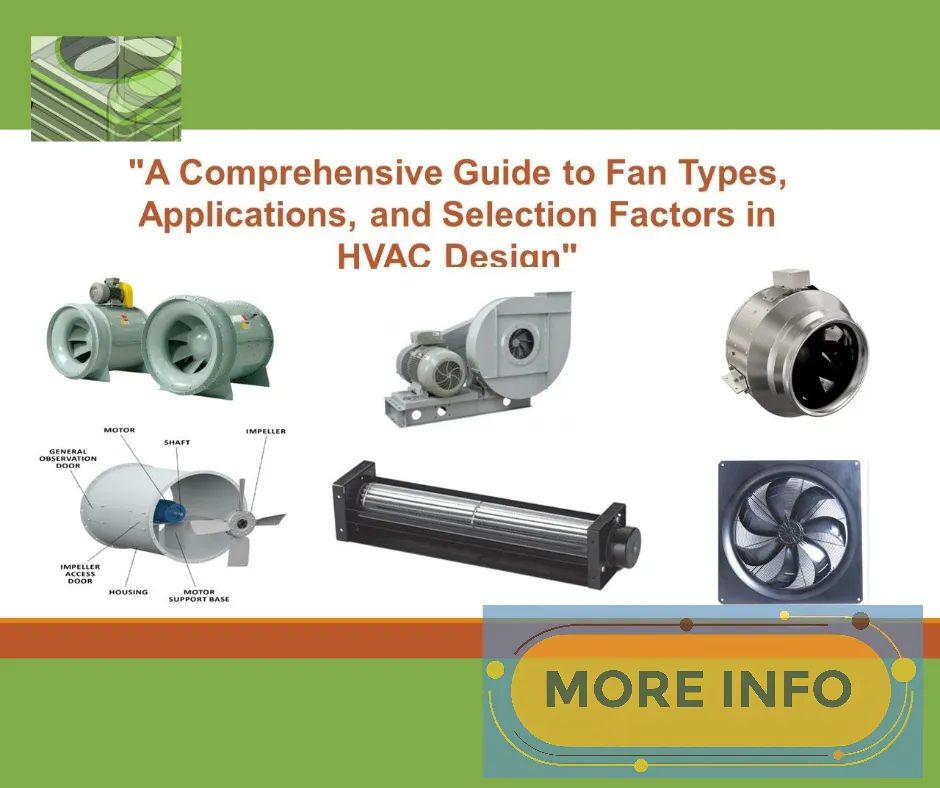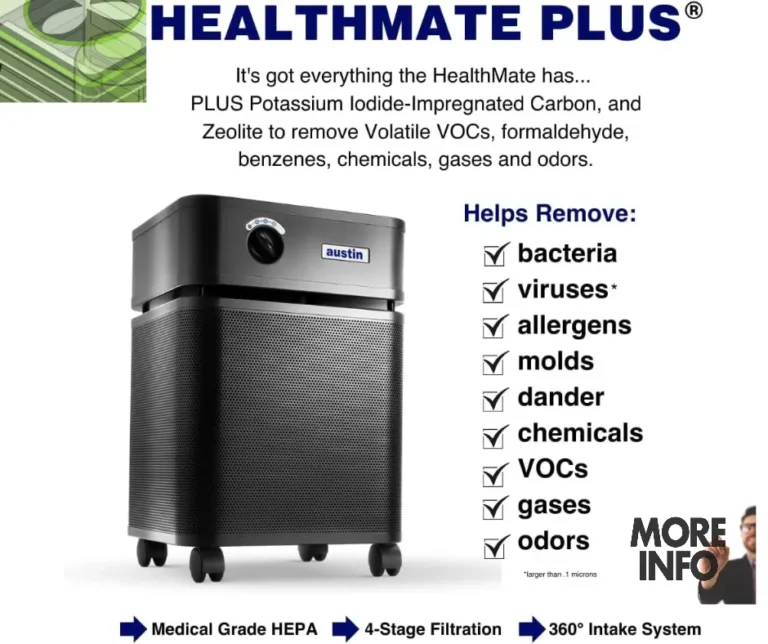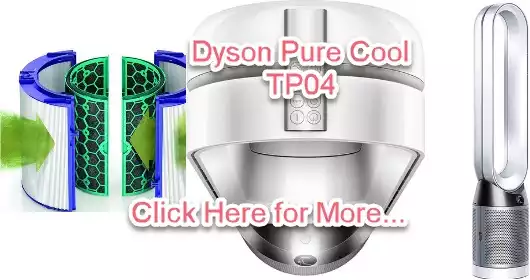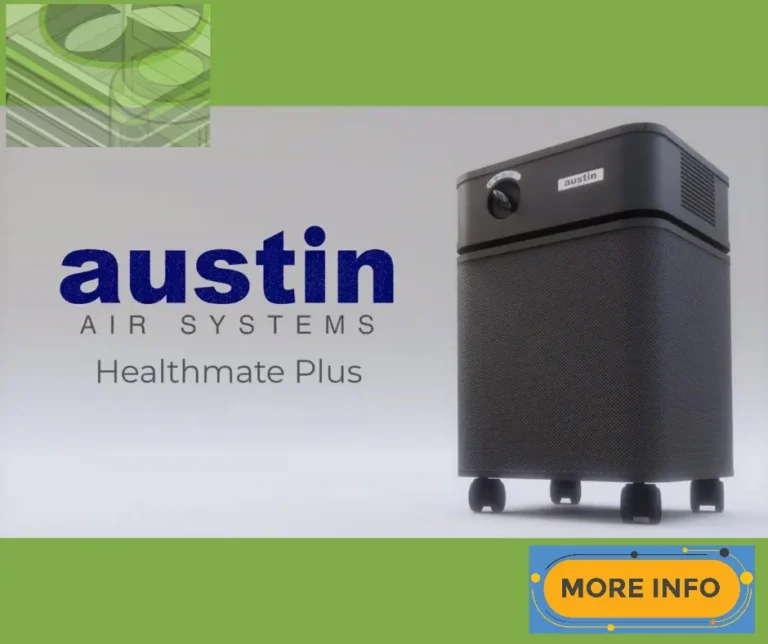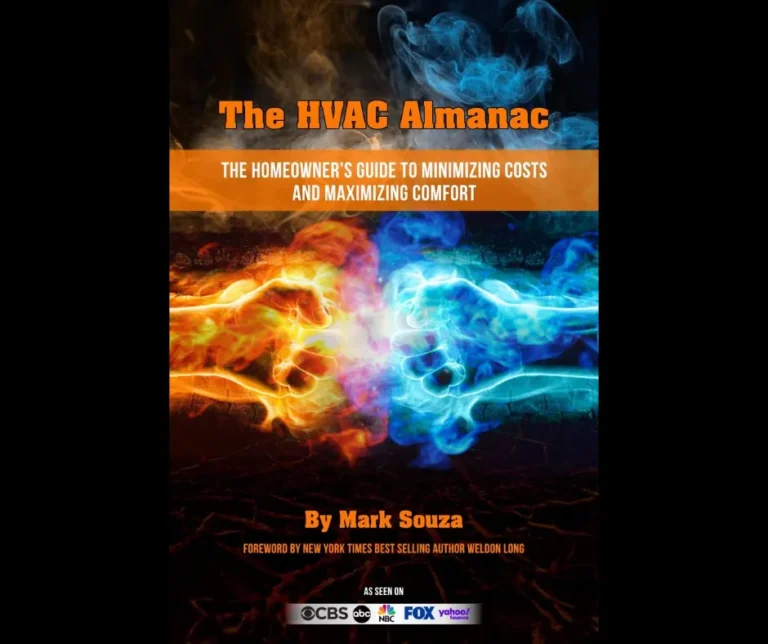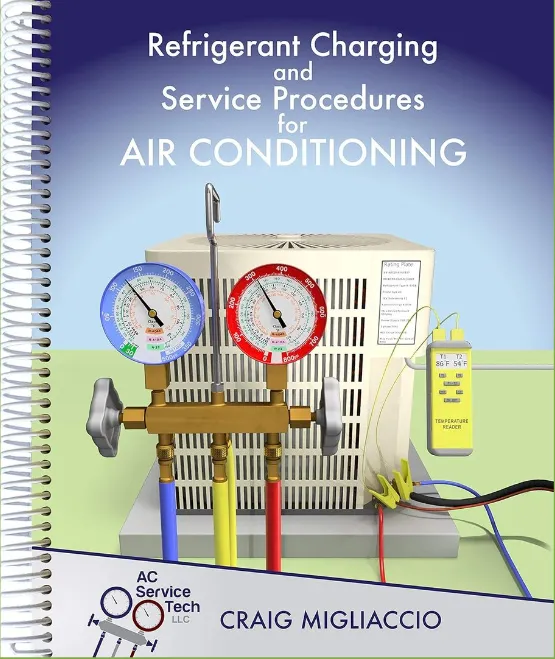Guide to Understanding HVAC Systems
HVAC systems are an essential part of any modern structure, providing comfort and convenience year-round.
However, understanding how these complex systems work and how to maintain them can be a daunting task.
That is why we have created this comprehensive Guide to Understanding HVAC Systems with everything you need to know about HVAC systems.
Whether you are a homeowner looking to upgrade your current system or a business owner in need of a new solution, this article will provide you with valuable insights and knowledge.
From the different types of HVAC systems to their components and maintenance, this guide will equip you with the necessary information to make informed decisions and keep your system running smoothly.
So, let’s dive into the world of HVAC and start learning.
In today’s world, where comfort and energy efficiency are paramount, understanding HVAC (Heating, Ventilation, and Air Conditioning) systems is essential for both homeowners and industry professionals.
HVAC systems play a crucial role in maintaining indoor air quality, regulating temperature, and ensuring the overall comfort of residential and commercial spaces.
As technology continues to evolve, the complexity of these systems has increased, introducing a variety of options and configurations that can be overwhelming for the average consumer.
This comprehensive guide aims to demystify HVAC systems, providing readers with a clear understanding of their components, functions, and the latest advancements in the field.
From traditional furnace and air conditioning setups to modern heat pump systems and smart thermostats, we will explore the advantages and disadvantages of each type, as well as key considerations for installation and maintenance.
Whether you are planning to upgrade your existing system, seeking to reduce energy costs, or simply aiming to enhance your indoor environment, this guide serves as a valuable resource to navigate the intricacies of HVAC technology.
Join us as we unpack the essential elements of HVAC systems, empowering you to make informed decisions for a more comfortable and efficient living or working space.
Table of Contents Guide to Understanding HVAC Systems
HVAC systems regulate indoor temperature and air quality effectively
The intricate design and technology behind HVAC systems play a crucial role in maintaining a comfortable and healthy indoor environment.
These systems integrate heating, ventilation, and air conditioning functions to efficiently control temperature and humidity levels, ensuring optimal comfort throughout the year.
By utilizing advanced sensors and climate control algorithms, HVAC systems can respond to fluctuating conditions within a space, adjusting airflow and temperature settings as needed.
This adaptability not only enhances occupant comfort but also contributes to energy efficiency, minimizing unnecessary energy consumption.
In addition to temperature control, HVAC systems are essential for maintaining indoor air quality.
They work by filtering and circulating air, removing pollutants, allergens, and excess moisture that can lead to health issues and discomfort.
Implementing proper ventilation strategies helps ensure that fresh air is continuously introduced into the environment, reducing the concentration of indoor contaminants.
This dual function of temperature regulation and air quality management underscores the importance of HVAC systems in both residential and commercial settings, promoting a safe and enjoyable atmosphere for occupants.
Components include heating, cooling, and ventilation systems
The effective operation of HVAC systems relies on a combination of heating, cooling, and ventilation components, each serving a distinct purpose in the overall functionality of the system.
Heating components typically include furnaces, boilers, and heat pumps, which work to raise indoor temperatures during colder months.
Conversely, cooling components, such as air conditioning units and chillers, are designed to lower temperatures, providing relief during warmer weather.
These systems are often equipped with thermoregulation capabilities that allow for precise temperature management according to the preferences of occupants.
Ventilation systems play a pivotal role in the overall performance of HVAC installations, ensuring the circulation of fresh air while removing stale air and contaminants from indoor spaces.
This process is crucial not only for maintaining thermal comfort but also for enhancing indoor air quality by diluting airborne pollutants and controlling humidity levels.
Many modern HVAC configurations integrate energy recovery ventilators (ERVs) or heat recovery ventilators (HRVs) to optimize energy efficiency, reclaiming energy from exhaust air to pre-condition incoming fresh air.
This holistic approach to heating, cooling, and ventilation culminates in a system that supports both comfort and health, while also aligning with sustainability goals.
Regular maintenance ensures optimal HVAC performance and longevity
Routine upkeep of HVAC systems is essential for sustaining their efficiency and extending their operational lifespan.
Regularly scheduled inspections and maintenance tasks, such as filter replacements, lubrication of moving parts, and cleaning of coils, help to identify and rectify potential issues before they escalate into major problems.
This proactive approach not only mitigates the risk of system failures but also enhances energy efficiency, resulting in lower utility bills and a reduced environmental impact.
Furthermore, consistent maintenance fosters a healthier indoor environment by ensuring that air quality remains at optimum levels.
Clean and well-functioning HVAC systems effectively manage humidity and circulate fresh air, which can significantly impact the comfort and health of occupants.
By investing in routine service, property owners can enjoy peace of mind, knowing that their HVAC systems will operate reliably and effectively for years to come.
Understanding energy efficiency ratings aids in informed system choices
Energy efficiency ratings provide critical insights into the performance of HVAC systems, enabling consumers to make informed decisions that align with their needs and budget.
These ratings, often represented through metrics such as the Seasonal Energy Efficiency Ratio (SEER) for cooling systems or the Annual Fuel Utilization Efficiency (AFUE) for heating units, offer a comparative analysis of energy consumption relative to the system’s output.
By understanding these ratings, consumers can evaluate the long-term cost savings associated with higher efficiency models, which often result in reduced energy bills and a lower carbon footprint.
Moreover, selecting an HVAC system based on energy efficiency ratings can enhance the overall comfort of indoor environments.
High-efficiency systems are typically designed with advanced technology that not only conserves energy but also improves temperature regulation and air quality.
This knowledge empowers property owners to prioritize investments that not only fulfill their immediate heating and cooling requirements but also contribute to sustainable living practices.
Ultimately, informed choices based on energy efficiency ratings lead to better system performance, increased comfort, and greater environmental stewardship.
Professional installation guarantees proper functionality and safety compliance
Ensuring that an HVAC system operates effectively and safely is heavily reliant on professional installation.
Skilled technicians possess the training and expertise necessary to adhere to local codes and regulations, mitigating risks associated with improper setup.
By engaging licensed professionals, property owners can be confident that their systems are installed according to the manufacturer’s specifications, which is crucial for optimal performance and longevity.
This attention to detail prevents common issues such as airflow problems, refrigerant leaks, and mechanical failures that could lead to costly repairs or safety hazards.
Additionally, professional installation includes comprehensive system checks and balance assessments that validate the functionality of the HVAC equipment.
Experts conduct rigorous testing to ensure that all components are functioning harmoniously and efficiently, which is vital for maintaining indoor air quality and comfort.
Compliance with safety standards not only secures the well-being of occupants but also protects investments by reducing the likelihood of future malfunctions or legal liabilities.
In this way, the value of professional installation extends beyond immediate performance; it fosters long-term reliability and peace of mind for property owners.
In conclusion, understanding HVAC systems is essential for both homeowners and professionals in the industry.
By grasping the fundamentals of heating, ventilation, and air conditioning, individuals can make informed decisions about their home comfort, energy efficiency, and maintenance requirements.
As technology continues to evolve, staying updated on the latest advancements and best practices will ensure optimal performance and longevity of HVAC systems.
Whether you are considering a new installation, routine maintenance, or troubleshooting common issues, a solid understanding of HVAC mechanics can lead to improved indoor air quality and a more comfortable living environment.
Ultimately, investing time in learning about these systems pays dividends in reliability, efficiency, and overall satisfaction.
Understand the basics of HVAC systems
To begin your journey in comprehending HVAC systems, it is crucial to grasp the fundamental components and principles they rely on.
One key element is the furnace, which is responsible for heating the air.
It utilizes fuel, such as gas or oil, to generate heat that is then distributed throughout the space.
Another essential component is the air conditioner, which operates by removing heat and humidity from the air to create a cooler and more comfortable environment.
Additionally, ventilation plays a significant role in maintaining indoor air quality by exchanging stale air with fresh outdoor air.
Understanding these basics will provide a solid foundation for delving deeper into the complexities of HVAC systems and their intricate workings.
Learn about different system types
To further expand your knowledge on HVAC systems, it is essential to familiarize yourself with the different system types available.
One common type is the split system, which consists of both an indoor and outdoor unit.
The indoor unit contains the evaporator coil and air handler, while the outdoor unit houses the condenser coil and compressor.
This type of system is versatile and can be used for both heating and cooling purposes.
Another system type is the packaged unit, where all components are housed in a single unit typically installed on the roof or beside the building.
This type is commonly used in commercial settings where space is limited.
Additionally, there are ductless mini-split systems that do not require ductwork and provide individualized temperature control for different zones.
By understanding these different system types, you can make informed decisions when it comes to selecting the most suitable HVAC system for your specific needs.
Explore common HVAC terminology
To fully comprehend the intricacies of HVAC systems, it is essential to delve into the realm of common HVAC terminology.
Familiarizing yourself with these terms will enable you to better navigate discussions and understand the technical aspects of Comprehensive Guide to Understanding HVAC Systems.
One key term to know is BTU, which stands for British Thermal Unit and measures the amount of heat energy needed to raise or lower the temperature of a pound of water by one degree Fahrenheit.
Another crucial term is SEER, or Seasonal Energy Efficiency Ratio, which quantifies the energy efficiency of an air conditioner or heat pump.
Other important terms include airflow, which refers to the movement of air through the ductwork; refrigerant, the substance responsible for heat transfer in the system; and thermostat, the device used to control and regulate the temperature.
By familiarizing yourself with these commonly used HVAC terms, you will enhance your comprehension of HVAC systems and be better equipped to make informed decisions.
Discover how to maintain efficiency
To optimize the efficiency of your HVAC system, there are several key factors to consider.
Firstly, regular maintenance is essential.
Scheduling routine inspections and cleanings by a certified HVAC technician will ensure that your system is operating at its peak performance.
This includes checking and replacing air filters, cleaning the condenser coils, and inspecting electrical connections.
Additionally, proper insulation and sealing of your home or building is crucial to prevent air leakage and inefficiency.
By minimizing drafts and ensuring proper insulation, you can reduce the workload on your HVAC system and increase its overall efficiency.
Lastly, utilizing programmable thermostats allows you to control and adjust the temperature according to your needs and schedule, reducing unnecessary energy consumption.
Incorporating these practices into your HVAC system maintenance routine will not only enhance its efficiency but also extend its lifespan, resulting in long-term cost savings and improved comfort within your space.
Maximize your system’s lifespan
To maximize the lifespan of your HVAC system, there are several steps you can take.
Firstly, it is crucial to schedule regular maintenance with a certified HVAC technician.
They will thoroughly inspect and clean your system, ensuring that any potential issues are addressed before they become major problems.
Additionally, it is important to keep the system clean and free from debris by regularly changing air filters and cleaning the condenser coils.
Properly insulating and sealing your home or building will also contribute to the longevity of your HVAC system, as it reduces the strain on the system and prevents air leakage.
Lastly, consider investing in a programmable thermostat that allows you to adjust the temperature according to your schedule, reducing unnecessary wear and tear on the system.
By implementing these practices, you can maximize the lifespan of your HVAC system and ensure its optimal performance for years to come.
Overall, understanding HVAC systems can be complex and overwhelming, but with this comprehensive guide, you now have a better understanding of how these systems work.
Remember to always consult a professional for any repairs or maintenance to ensure the longevity and efficiency of your HVAC system.
With proper maintenance and regular check-ups, your HVAC system can keep you comfortable for years to come.
Keep this guide handy for any future questions or concerns about your HVAC system.
Thank you for taking the time to learn about the inner workings of your HVAC system and how to properly care for it.

